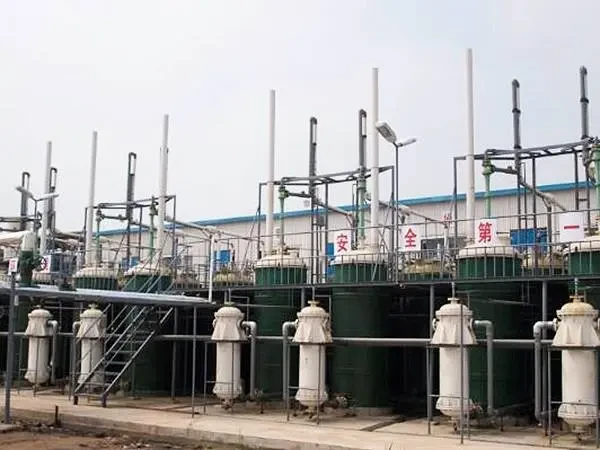



Exploring the Benefits and Uses of Diammonium Phosphate DAP Fertilizer in Agriculture
Understanding Diammonium Phosphate (DAP) Fertilizer Composition and Benefits
Diammonium phosphate (DAP) is one of the most widely used nitrogen-phosphorus fertilizers in the agricultural sector. With its high nutrient content, DAP plays a critical role in enhancing crop yields and overall soil quality. This article explores the composition, benefits, application, and environmental considerations related to DAP fertilizer.
Composition of DAP
Diammonium phosphate is composed of two essential nutrients nitrogen (N) and phosphorus (P). The formula for DAP is (NH4)2HPO4, indicating that it primarily contains ammonium (NH4+) and phosphate (HPO4^2-). Typically, DAP contains around 18% nitrogen and 46% phosphorus pentoxide (P2O5). This composition makes it one of the most concentrated fertilizer options available, providing a quick and effective nutrient source for plants. The nitrogen in DAP promotes vigorous plant growth, while the phosphorus plays a crucial role in energy transfer, root development, and flowering.
Benefits of DAP
1. Rapid Nutrient Uptake Due to its water-soluble nature, DAP dissolves quickly in the soil, making nutrients readily available to plants. This rapid nutrient uptake is particularly beneficial in early growing stages when crops require immediate access to essential nutrients.
2. Enhanced Root Development The phosphorus in DAP is crucial for stimulating root growth. A well-developed root system helps plants uptake water and nutrients more efficiently, leading to healthier crops that are better equipped to withstand stress conditions.
3. Improved Crop Yields Numerous studies have shown that applying DAP can significantly enhance crop yields. The combination of nitrogen and phosphorus in DAP leads to increased biomass and improved fruit and vegetable quality.
4. Versatility DAP is suitable for a wide variety of crops, including cereals, vegetables, and fruits. It can be used in various agricultural practices, such as broadcasting, banding, or mixed with other fertilizers, making it a versatile choice for farmers.
diammonium phosphate dap fertilizer

5. Acid Neutralization DAP can help neutralize soil acidity, particularly in soils that are low in pH. This is crucial for optimizing nutrient availability for plants, as certain nutrients become less accessible in acidic conditions.
Application Methods
Farmers can apply DAP using several methods. Broadcasting is a common technique, where the fertilizer is spread evenly across the field before planting. Banding, on the other hand, involves placing DAP in close proximity to the seed at planting time, allowing for better nutrient uptake. The timing and method of application can significantly influence the effectiveness of the fertilizer, making it important for farmers to consider their specific crop and soil conditions.
Environmental Considerations
While DAP offers numerous benefits, there are environmental considerations that must be taken into account. Over-application of DAP can lead to nutrient runoff, which may contaminate local water bodies and contribute to issues such as algal blooms. This can negatively impact aquatic ecosystems and water quality. To mitigate these concerns, farmers should follow best management practices, including conducting soil tests to determine nutrient needs and using precision application techniques.
Another consideration is the impact of DAP production on greenhouse gas emissions. The manufacturing process involves significant energy use and the release of carbon dioxide. However, advancements in production efficiency and the use of renewable energy sources are helping to mitigate these effects.
Conclusion
Diammonium phosphate remains a fundamental fertilizer in modern agriculture due to its nutrient richness and effectiveness in boosting crop growth. Understanding its composition, benefits, and appropriate application methods empowers farmers to use DAP responsibly while maximizing crop yields. As agriculture continues to face challenges related to sustainability and environmental impact, balancing nutrient management with ecological considerations will be critical in shaping the future of food production.
-
Why Sodium Persulfate Is Everywhere NowNewsJul.07,2025
-
Why Polyacrylamide Is in High DemandNewsJul.07,2025
-
Understanding Paint Chemicals and Their ApplicationsNewsJul.07,2025
-
Smart Use Of Mining ChemicalsNewsJul.07,2025
-
Practical Uses of Potassium MonopersulfateNewsJul.07,2025
-
Agrochemicals In Real FarmingNewsJul.07,2025
-
Sodium Chlorite Hot UsesNewsJul.01,2025










